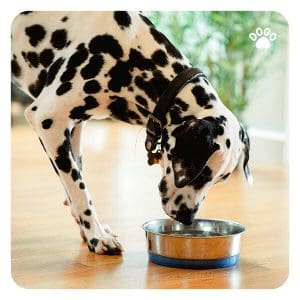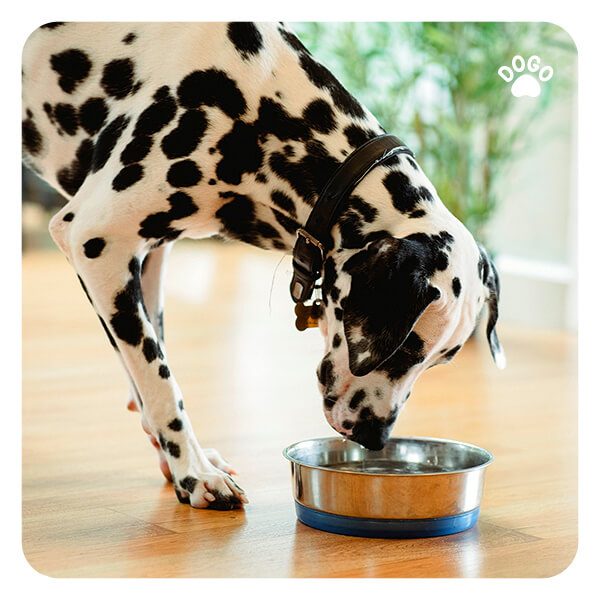
Understanding Your Dog’s Nutritional Needs
Before diving into the kitchen, it’s crucial to understand your dog’s nutritional requirements. Dogs need a balanced diet that consists of proteins, carbohydrates, fats, vitamins, and minerals. The specific amounts may vary based on your dog’s age, size, breed, and activity level. Consulting with your veterinarian can provide valuable insights into your dog’s unique dietary needs.
Choosing the Right Ingredients
Now that you know what your dog needs, it’s time to select the ingredients for their homemade dog food. Aim for high-quality, natural ingredients that are safe for dogs to consume. Lean meats, such as chicken, turkey, or beef, are excellent sources of protein. Vegetables like carrots, peas, and spinach can provide essential vitamins and fiber. Carbohydrates can come from sources like brown rice or sweet potatoes. Avoid ingredients that are toxic to dogs, such as onions, garlic, grapes, and chocolate.
Preparing the Dog Food
Once you have gathered all the necessary ingredients, it’s time to roll up your sleeves and start cooking. Begin by thoroughly cooking the meat to eliminate any harmful bacteria. You can boil, bake, or grill it, ensuring there are no seasonings or additives. Chop the meat into small, bite-sized pieces for easier digestion. Next, cook the vegetables using a method that retains their nutrients, such as steaming or lightly boiling. Mix the cooked meat, vegetables, and carbohydrates together, ensuring a well-balanced combination.
Adding Nutritional Supplements
While homemade dog food can provide a wide array of nutrients, it’s essential to ensure that your dog receives all the necessary vitamins and minerals. Consult your veterinarian about adding appropriate supplements to your dog’s diet. Omega-3 fatty acids, for example, can promote a healthy coat and support joint health. Your vet can guide you on the correct dosage and type of supplements to include.
Storing and Serving
Proper storage is crucial to maintain the freshness and quality of your homemade dog food. Divide the food into portions suitable for your dog’s size and freeze them. Thaw a portion overnight in the refrigerator before serving it to your furry friend. Avoid leaving the food out for extended periods to prevent bacterial growth. Remember to wash your hands and clean all utensils and surfaces used in the preparation to maintain hygiene.
By taking the time to prepare homemade dog food, you can offer your beloved pet a nutritious meal made with love. It’s important to note that homemade dog food should not replace a balanced commercial diet entirely, but it can be a healthy addition to their overall nutrition. Remember to consult with your veterinarian to ensure that your dog’s specific dietary needs are met. With a little effort and the right ingredients, you can create a diet that will keep your dog happy, healthy, and wagging their tail for years to come.
[/fusion_text]

